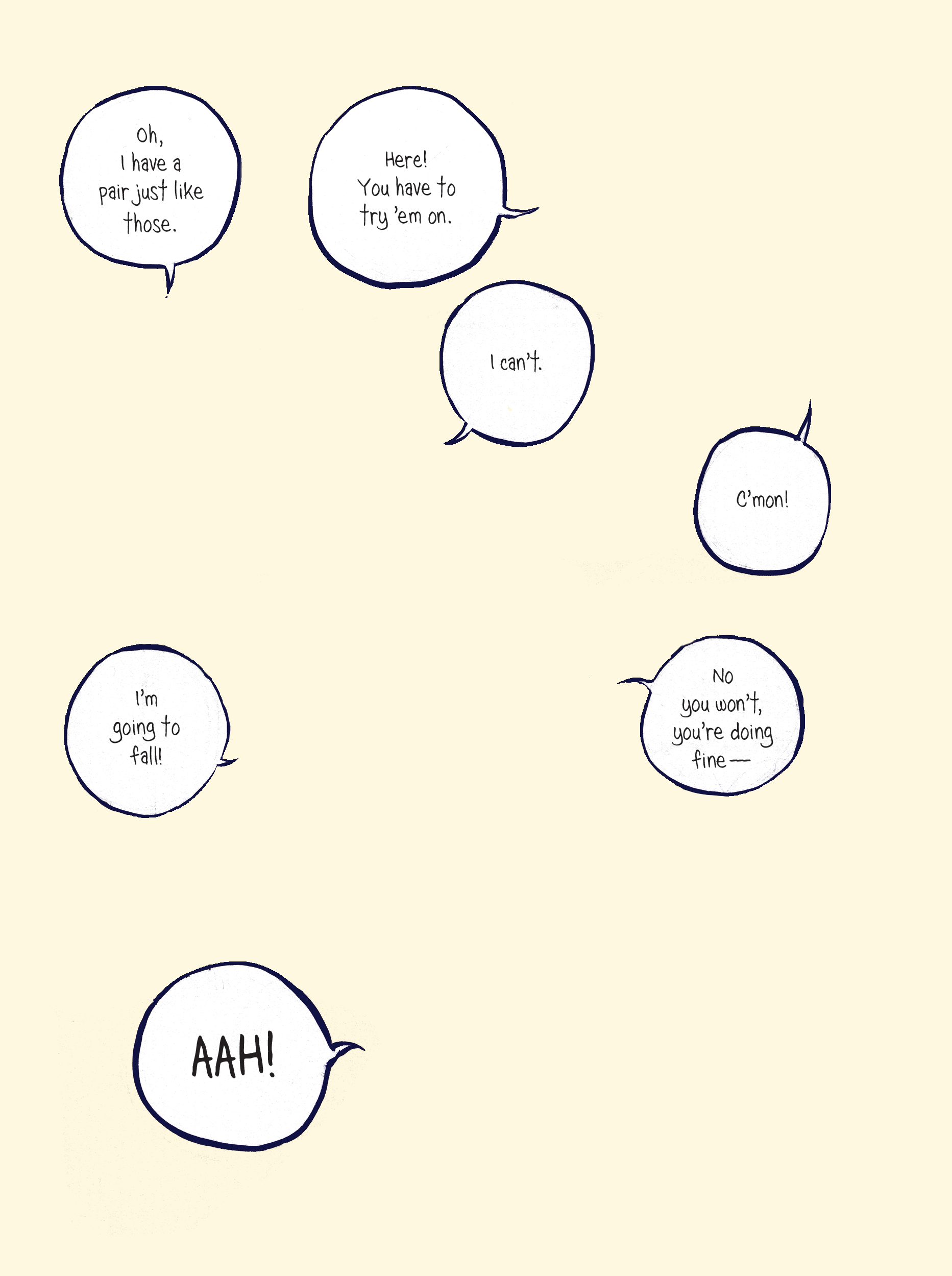WHAT IS A KIDLIT GRAPHIC NOVEL?
If you are a children’s book writer or illustrator, you probably already know what “kidlit” means but may not be so familiar with what makes something a graphic novel. If you come from comics and graphic novels, I’m not going to assume you know what kidlit means. So let’s explain both: what they ARE and what they are NOT.
“Kidlit” is shorthand for children’s literature. Literally “kid’s literature”. It’s a popular hashtag and commonly used within the industry with creatives, librarians, publishers, teachers, publicists, journalists, etc. What age range does this include? From birth to teen. Anything for adults is NOT kidlit. Non-fiction can be kidlit, but it must be targeted specifically at a teen or younger audience. Sure, crossovers exist, but it’s a general term for books targeted at anyone from babies to teens.
So what makes something a “graphic novel”?
First, what a graphic novel is NOT. A graphic novel is NOT this:

The Wonderful Wizard of Oz by L Frank Baum illustrated by W. W. Denslow
Or this:

Harry Potter by JK Rowling and illustrated by Jim Kay
These are illustrated novels. The illustrations are decorative, and if you take the art away, the prose still makes 100% sense.
A graphic novel is also NOT this:

The Princess in Black written by Shannon & Dean Hale and illustrated by LeUyen Pham
Or this:

Critter Club written by Callie Barkley illustrated by Marsha Riti
These are chapter books. They’re like illustrated novels, but targeted at a younger audience.
Then you have these:

Beekle written and illustrated by Dan Santat

Steam Train, Dream Train written by Sherri Duskey Rinker illustrated by Tom Lichtenheld
These are picture books! Definitely NOT graphic novels. Why not? Well, let’s explain what a graphic novel IS first.
A graphic novel is a COMIC. Like THIS:


This One Summer written by Mariko Tamaki illustrated by Jillian Tamaki
And this:

The Prince & The Dressmaker written and illustrated by Jen Wang
And this:

Copper written and illustrated by Kazu Kibuishi
And also this:

The Breakaways written and illustrated by Cathy G. Johnson
The difference between a comic and a picture book is PANELS and PAGE TURNS. Comics rely on panels to advance the story. Picturebooks rely on page turns like this:


There Was an Old Dragon written by Penny Parker Klostermann illustrated by Ben Mantle
Also, comics typically have dialog and narration integrated into the art of the story, usually in word balloons or call-outs. Picturebooks typically do not.
But most important of all? Comics have no PROSE. If you take the art out of a picture book, you still have the text. But if you take the art out of a comic, what you have is a SCRIPT. And without pictures and panels, you’re missing most of the story:

Soooooo then, wait! What’s the difference between a COMIC and a GRAPHIC NOVEL? One thing, and one thing only.
THIS!

Look! A spine! This is Blankets written and illustrated by Craig Thompson, and it’s a YA graphic novel.
Graphic novels ARE comics. Graphic novels are COMICS THAT ARE BOUND. Really, that’s it. Because comics that AREN’T graphic novels look like this:

Also called a “floppy”, these have no spines, only folded and stapled pages. Halloween Eve written by Brandon Montclare and illustrated by Amy Reeder
That’s really all there is to it! Graphic novels are all comics, but not all comics are graphic novels. They must have a spine. They must be bound!
So what are Kidlit Graphic Novels?
Kidlit Graphic Novels are comics in bound form targeted at children, from babies to young adults.
Voila! And there you have it: a nice, succinct definition of the term Kidlit Graphic Novels, or even shorter: Kidlit GN.
Next up on Let’s Make Magic!: CINEMATIC VS. THEATRICAL STORYTELLING
Want to hear the latest news? Then subscribe! Once a month, you'll get a newsletter with the latest articles, tips, and comics updates as well as launches. And I super pinky promise not to email you more than that! I loathe spam, and I know that you do too! But in case you change your mind, you can unsubscribe anytime later. 🙂

